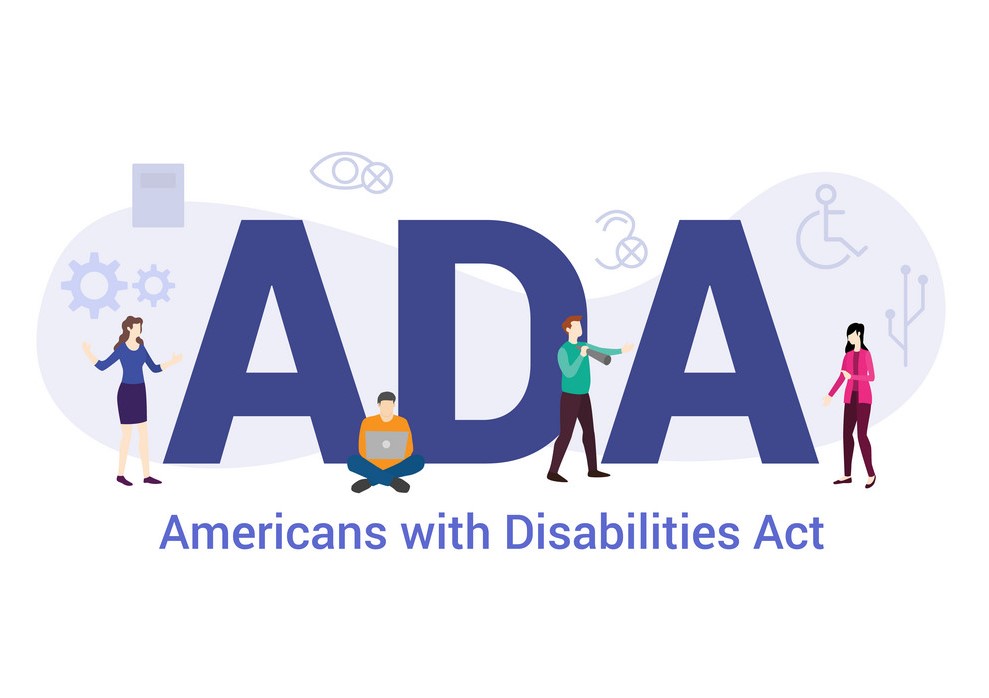
30 Years of the ADA

Anyone who has ever used a ramp at an airport to roll luggage, or at a mall to push a stroller, has benefited from the American with Disabilities Act (ADA). But as helpful and necessary as those ramps may seem for all, they wouldn’t exist had they not been installed specifically to accommodate those using wheelchairs.
This summer marks the 30th anniversary of the Americans With Disabilities Act, a landmark civil rights law, signed by President H.W. Bush in July of 1990. An extension of the 1964 Civil Rights Act, the ADA made definitive the rights of those who are born with or who experience a disability during their lifetime. The law prohibits discrimination in the workplace and in schools, and by both local and state governments. It also provides standards for privately owned businesses and commercial facilities, allowing those with disabilities the ability to lead full and productive lives.
The Americans with Disabilities Act ensures that individuals with disabilities have access to transportation, public accommodations, and communications. With multiple Titles in the law it establishes the requirement for both public and privately owned, leased or operated facilities – like hotels, restaurants, retail stores, doctors’ offices, day care centers, sports stadiums, movie theaters and more – to comply with the ADA measures. Minimum standards have been set that remove barriers in existing buildings where it is reasonable to achieve, and ensure that accessibility measures are planned and installed in all new construction. Besides supporting mobility, businesses also need to take steps necessary to communicate effectively with those with hearing, speech or vision disabilities.
Living with a disability can be profoundly challenging. Whether mental or physical, obstacles present themselves to those who suffer that just don’t exist for the general population. And being encumbered often causes limitations that can lead to lack of independence, depression and social isolation. For some, limitations also create financial hardship. Navigating life while overcoming a constant roadblock is a constant struggle. The ADA was signed into law in an attempt to level the playing field.
But passage of the ADA, like many other civil rights laws, was hard fought and took years to achieve. Prior to becoming a law, individuals with disabilities were routinely denied access to education and jobs. Schools cited a lack of facilities that would accommodate students with intellectual or physical disabilities. Businesses did the same, which left qualified individuals uneducated and unemployed. Today all public schools must provide an appropriate education for all students in their district and all government offices must provide the structural facilities necessary for equal access. Private schools and businesses are responsible to do the same.
But even with the Americans with Disabilities Act, barriers remain for some who live with a disability. Access to the internet has come to the forefront during the COVID crisis as many people are working from home and shopping from home, but what’s not clear is how far the ADA goes towards accommodating these needs. Expect to see court challenges on this front in the coming years.
Though work remains, 30 years of the ADA is still something to celebrate!
Hope Trust serves clients throughout the United States.

